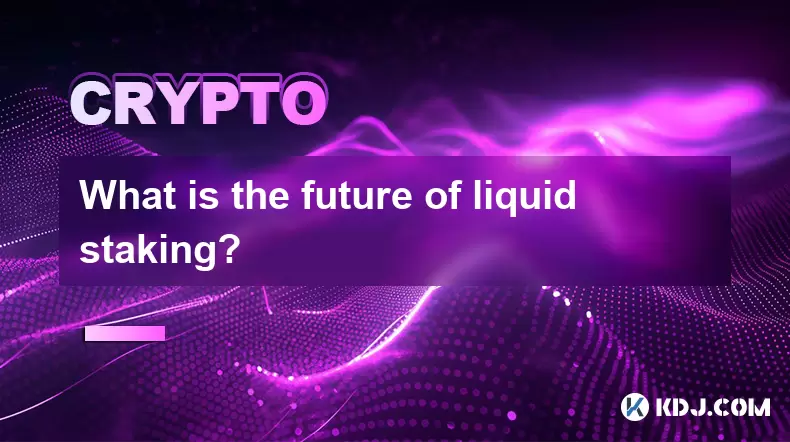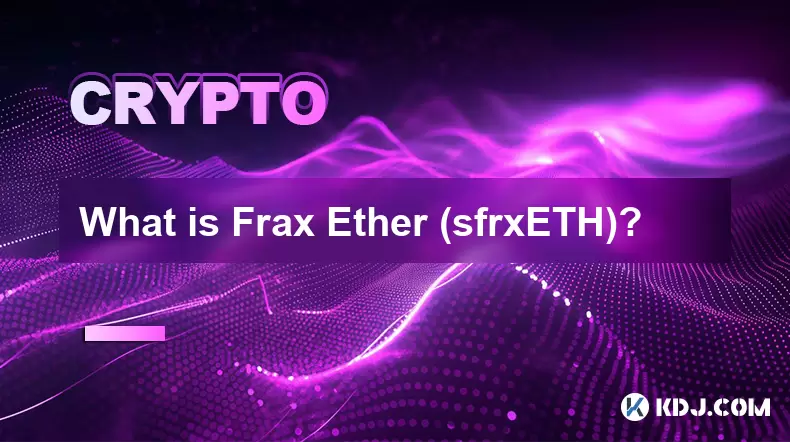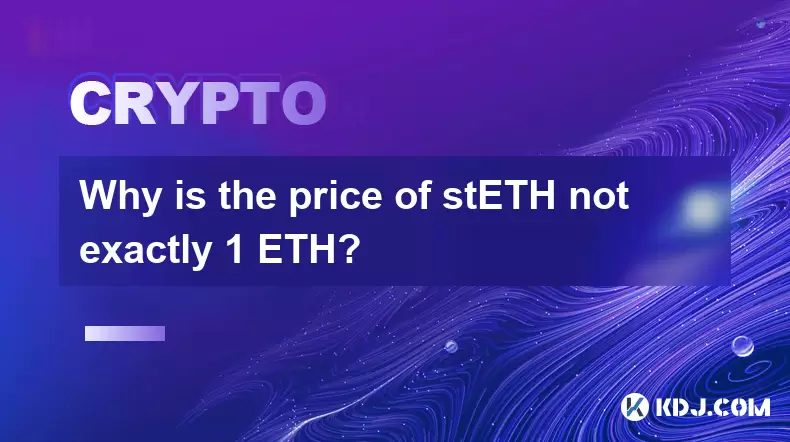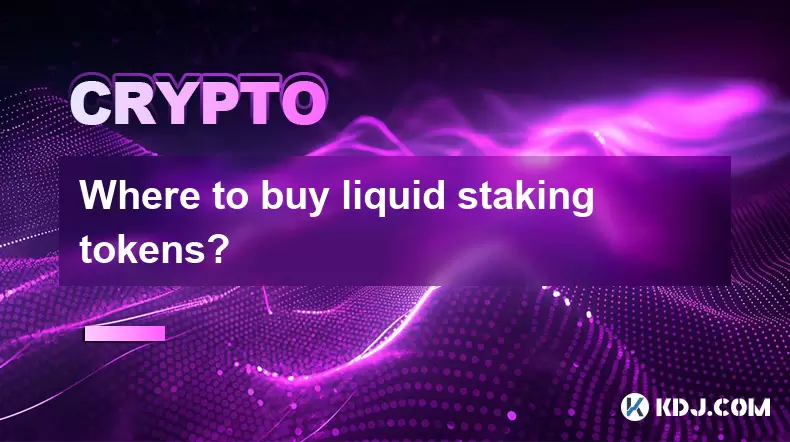-
 Bitcoin
Bitcoin $118300
-1.72% -
 Ethereum
Ethereum $3591
-0.69% -
 XRP
XRP $3.478
-3.53% -
 Tether USDt
Tether USDt $1.001
-0.01% -
 BNB
BNB $737.7
-0.54% -
 Solana
Solana $177.3
-2.40% -
 USDC
USDC $0.9999
-0.01% -
 Dogecoin
Dogecoin $0.2538
7.04% -
 TRON
TRON $0.3256
-0.85% -
 Cardano
Cardano $0.8332
-3.48% -
 Hyperliquid
Hyperliquid $44.80
-3.30% -
 Stellar
Stellar $0.4672
-6.09% -
 Sui
Sui $3.828
-5.98% -
 Chainlink
Chainlink $18.15
-3.41% -
 Hedera
Hedera $0.2655
-7.16% -
 Bitcoin Cash
Bitcoin Cash $517.5
-0.64% -
 Avalanche
Avalanche $23.89
-2.37% -
 Shiba Inu
Shiba Inu $0.00001519
-0.45% -
 UNUS SED LEO
UNUS SED LEO $8.973
0.13% -
 Toncoin
Toncoin $3.211
-2.54% -
 Litecoin
Litecoin $103.5
-3.58% -
 Polkadot
Polkadot $4.313
-3.90% -
 Uniswap
Uniswap $10.31
0.67% -
 Monero
Monero $325.4
-2.88% -
 Bitget Token
Bitget Token $5.049
3.51% -
 Ethena USDe
Ethena USDe $1.002
0.04% -
 Pepe
Pepe $0.00001346
-2.96% -
 Dai
Dai $0.9999
-0.02% -
 Aave
Aave $322.1
-2.93% -
 Bittensor
Bittensor $411.9
-4.70%
What is the future of liquid staking?
Liquid staking lets users earn rewards by staking crypto while retaining liquidity through tokenized assets that can be traded or used in DeFi protocols.
Jul 19, 2025 at 02:49 am

Understanding the Concept of Liquid Staking
Liquid staking refers to a mechanism that allows users to stake their cryptocurrencies while still retaining liquidity. In traditional staking, users lock their assets for a certain period, during which they cannot trade or use those funds. Liquid staking changes this dynamic by issuing tokenized representations of the staked assets. These tokens can be traded, used as collateral, or transferred, effectively enabling users to participate in staking rewards without sacrificing liquidity.
This innovation has gained traction in the blockchain ecosystem, particularly on Proof-of-Stake (PoS) networks. By enabling staked assets to remain liquid, liquid staking opens up new avenues for decentralized finance (DeFi) and enhances capital efficiency for users.
How Liquid Staking Works
The process of liquid staking involves several key components:
- Staking: Users deposit their native tokens (e.g., ETH, ATOM, SOL) into a staking contract or platform.
- Token Issuance: In return, they receive liquid staking tokens, such as stETH, stATOM, or rETH, which represent their staked assets plus accrued rewards.
- Liquidity Retention: These tokens can be freely traded, used in DeFi protocols, or even re-staked, allowing users to earn additional yields.
Smart contracts play a central role in ensuring that the value of the liquid staking token accurately reflects the underlying staked asset and its rewards. Platforms like Lido Finance, Rocket Pool, and Stakehound have pioneered this model, offering users a seamless way to stake without compromising flexibility.
Benefits of Liquid Staking for Users
Liquid staking offers several compelling advantages:
- Capital Efficiency: Users can stake their tokens and still use the issued liquid tokens in other DeFi protocols to earn additional yields.
- Accessibility: It lowers the barrier to entry for staking, especially for users who lack the technical know-how or the minimum token requirements to run a validator node.
- Decentralization: By pooling staking resources, liquid staking platforms can distribute validation power more evenly across the network, reducing centralization risks.
These benefits have made liquid staking an attractive option for both novice and experienced participants in the crypto ecosystem.
Security and Risks Involved
Despite its advantages, liquid staking is not without risks:
- Smart Contract Vulnerabilities: Since liquid staking relies heavily on smart contracts, any bugs or exploits can lead to significant losses.
- Centralization Concerns: Some platforms may control a large portion of the network’s staking power, potentially undermining the decentralization of the blockchain.
- Slashing Risks: If a validator node misbehaves, the staked assets may be slashed, affecting all users who deposited into that pool.
To mitigate these risks, users should conduct due diligence on the platforms they use, including reviewing audits, governance models, and insurance mechanisms.
Current Market Adoption and Growth Trends
The adoption of liquid staking has surged in recent years, especially with the Ethereum 2.0 upgrade, which introduced staking to the network. Platforms like Lido Finance have captured a significant share of the staking market, with billions of dollars worth of ETH staked through their protocol.
Other blockchains, including Solana, Polkadot, and Cosmos, have also seen growing interest in liquid staking solutions. This trend reflects a broader shift toward yield optimization and liquidity preservation within the DeFi space.
Integration with DeFi Protocols
One of the most exciting developments in liquid staking is its integration with DeFi protocols. Users can now:
- Deposit liquid staking tokens into lending platforms like Aave or Compound to earn interest.
- Provide liquidity in decentralized exchanges such as Curve or Balancer, using staked tokens as collateral.
- Use liquid staking tokens as collateral for borrowing other assets, enabling leveraged staking strategies.
This interoperability enhances the utility of staked assets and contributes to the growth of the DeFi ecosystem.
Regulatory and Governance Considerations
As liquid staking becomes more prevalent, it has drawn attention from regulators. The tokenization of staked assets raises questions about their classification — are they securities, commodities, or something else? Different jurisdictions may treat these tokens differently, potentially impacting their availability and usage.
On the governance front, platforms must strike a balance between decentralized decision-making and operational efficiency. Transparent governance models and community participation are essential for maintaining trust and ensuring long-term sustainability.
FAQs
Q: Can I unstake my assets at any time with liquid staking?
A: While liquid staking allows you to retain liquidity through tokenized assets, the actual unstaking process may involve a waiting period, especially on networks like Ethereum where withdrawals are subject to queueing and delay mechanisms.
Q: Are liquid staking tokens pegged to the value of the original asset?
A: Yes, liquid staking tokens are typically designed to maintain a 1:1 peg with the underlying asset. However, temporary deviations can occur due to market dynamics or platform-specific risks.
Q: Is liquid staking available on all blockchains?
A: No, liquid staking is currently supported on select Proof-of-Stake blockchains. Popular ones include Ethereum, Cosmos, and Solana. Support varies depending on the development progress and adoption of each network.
Q: How are staking rewards distributed in liquid staking?
A: Rewards are automatically reflected in the value of the liquid staking token. As staking rewards accrue, the token’s value increases relative to the native asset, allowing users to claim more of the original token when they decide to unstake.
Disclaimer:info@kdj.com
The information provided is not trading advice. kdj.com does not assume any responsibility for any investments made based on the information provided in this article. Cryptocurrencies are highly volatile and it is highly recommended that you invest with caution after thorough research!
If you believe that the content used on this website infringes your copyright, please contact us immediately (info@kdj.com) and we will delete it promptly.
- TRX vs. RTX: Will Remittix Overtake Tron as the Altcoin to Watch in 2025?
- 2025-07-19 17:30:12
- Bitcoin, Nexchain, and Presales: What's Hot in the Crypto Space?
- 2025-07-19 16:30:12
- Presales, ICOs, and 100x Returns: Navigating the Crypto Landscape in 2025
- 2025-07-19 16:30:12
- Binance, Yooldo Games, and Tokens: Navigating the GameFi Landscape
- 2025-07-19 16:50:12
- Floki Inu, Meme Frenzy, and the Rise of AI Platforms: A New Era?
- 2025-07-19 16:50:12
- Dogecoin, Trader Interest, and the 2025 Meme Coin Landscape
- 2025-07-19 17:30:12
Related knowledge

Are there insurance options for liquid staking?
Jul 19,2025 at 06:08pm
Understanding Liquid Staking and Its RisksLiquid staking is a process where users stake their cryptocurrency assets to participate in network validati...

What happens to my rewards in liquid staking?
Jul 19,2025 at 12:21pm
Understanding Liquid Staking and Its MechanicsLiquid staking is a mechanism in the cryptocurrency ecosystem that allows users to stake their tokens wh...

What is Frax Ether (sfrxETH)?
Jul 19,2025 at 10:08am
Understanding Frax Ether (sfrxETH)Frax Ether (sfrxETH) is a derivative token within the Frax Finance ecosystem, which is a decentralized finance (DeFi...

Why is the price of stETH not exactly 1 ETH?
Jul 19,2025 at 11:56am
Understanding the stETH and ETH RelationshipstETH (staked ETH) is a token issued by Lido Finance, representing the user's share of staked ETH on the E...

Where to buy liquid staking tokens?
Jul 19,2025 at 01:01pm
What Are Liquid Staking Tokens?Liquid staking tokens are a type of cryptocurrency asset that allows users to stake their native blockchain tokens whil...

What is the future of liquid staking?
Jul 19,2025 at 02:49am
Understanding the Concept of Liquid StakingLiquid staking refers to a mechanism that allows users to stake their cryptocurrencies while still retainin...

Are there insurance options for liquid staking?
Jul 19,2025 at 06:08pm
Understanding Liquid Staking and Its RisksLiquid staking is a process where users stake their cryptocurrency assets to participate in network validati...

What happens to my rewards in liquid staking?
Jul 19,2025 at 12:21pm
Understanding Liquid Staking and Its MechanicsLiquid staking is a mechanism in the cryptocurrency ecosystem that allows users to stake their tokens wh...

What is Frax Ether (sfrxETH)?
Jul 19,2025 at 10:08am
Understanding Frax Ether (sfrxETH)Frax Ether (sfrxETH) is a derivative token within the Frax Finance ecosystem, which is a decentralized finance (DeFi...

Why is the price of stETH not exactly 1 ETH?
Jul 19,2025 at 11:56am
Understanding the stETH and ETH RelationshipstETH (staked ETH) is a token issued by Lido Finance, representing the user's share of staked ETH on the E...

Where to buy liquid staking tokens?
Jul 19,2025 at 01:01pm
What Are Liquid Staking Tokens?Liquid staking tokens are a type of cryptocurrency asset that allows users to stake their native blockchain tokens whil...

What is the future of liquid staking?
Jul 19,2025 at 02:49am
Understanding the Concept of Liquid StakingLiquid staking refers to a mechanism that allows users to stake their cryptocurrencies while still retainin...
See all articles

























































































